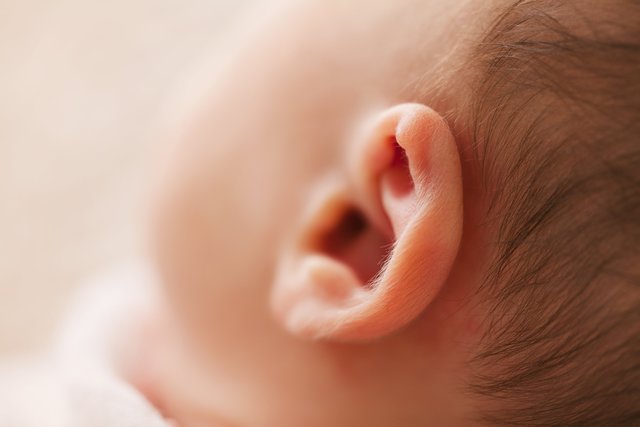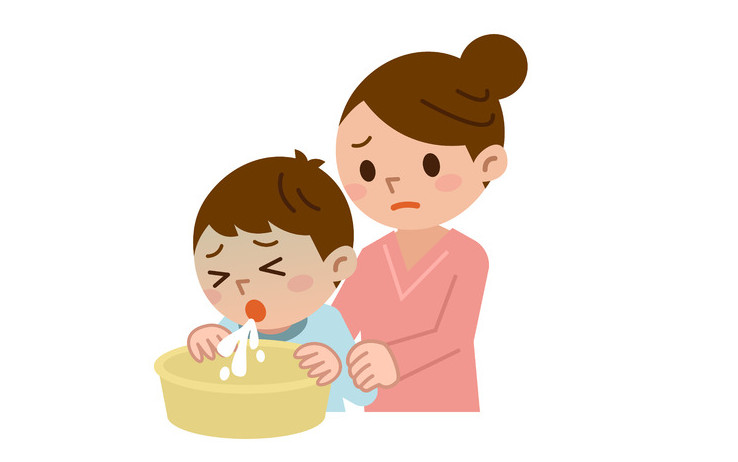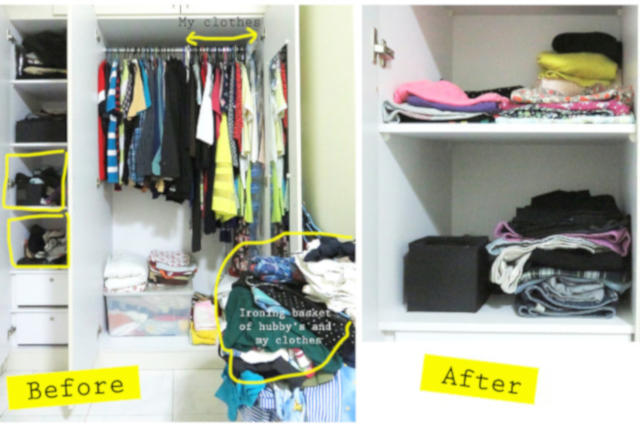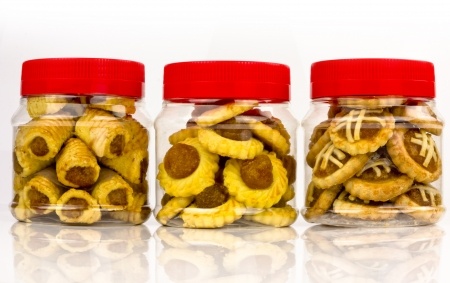Have you been caught up with the whole Marie Kondo craze lately, discovering long lost items buried beneath heaps of other stuff that do not spark joy? Or are you simply spring cleaning your house because the festivities are around the corner?

As you happily get into the rhythm of packing and cleaning, you find that your nose starts to tickle and you take a few deep breaths and before you know it – you let out an uncontrollable “Ah-Choo!” You blow your nose and continue packing but the sneezing does not seem to stop at all.
Apart from the possibility of someone constantly thinking about you, you start to wonder whether you have caught the flu. Or worse still, what if you have developed an allergy to cleaning?
Could it be possible that you’ve developed an allergy to cleaning? Does an allergy to cleaning even exist?
What is an allergy?
Having an allergy is a common condition that can happen at any age, where the person’s immune system overreacts with substances that are usually harmless for most people.
These allergens include anything from house dust mites, pollen, mould (fungi), pet danders, insect stings/bites, certain types of medicines and foods.
Allergy, however, is more common in people with atopy (genetic/hereditary tendency for allergy), family and personal history of allergic rhinitis (sensitive nose), eczema (sensitive skin) and asthma (sensitive airways).
When exposed to allergens, the immune reaction is triggered. Subsequently, the allergic person produces antibodies called IgE antibodies, which results in the release of a chemical known as histamine. This chemical histamine is then responsible for the various inflammatory symptoms that can be uncomfortable and distressing such as
- Rashes (e.g. eczema flare-ups),
- Hives/urticaria,
- Swelling of face/ lips/around the eyes, throat and tongue,
- Runny or blocked nose,
- Itchy watery eyes,
- Abdominal pain,
- Vomiting and diarrhoea,
- Wheezing,
- Asthma and even difficulty breathing
These IgE mediated allergy symptoms typically appear within 1 – 2 hours after exposure to the particular allergens.
Sometimes, allergic reactions can be very serious and potentially life-threatening – a condition known as anaphylaxis. Patients with a history of anaphylaxis, especially due to food allergy, are usually prescribed an emergency adrenaline injection, known as Epipen Injection, as delayed intervention can be fatal. These patients are also educated on how to use the injection and the importance of carrying it with them all the time.
It’s very crucial to identify the potential allergy so that we can try to avoid and reduce exposure to the particular allergens.
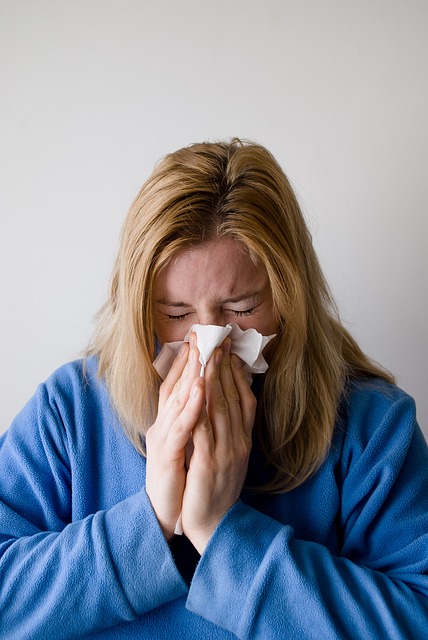
“So, yes I hear you about the whole allergy thing and how it can be life-threatening. But how do I stop sneezing?”
Yes, my discerning reader, we are getting on to that in just a bit. Bear with me, I’ll first have to cover this bit on testing for allergies. It’s always better to know what we are dealing with rather than fighting in the dark.
How do we test for allergies?
An allergy can be diagnosed with these two commonly used methods – a skin prick test or an IgE blood test. Both tests can diagnose both food and non-food allergies.
1. Skin Prick Test
From my own experience (I have taken this test too), apart from the mild discomfort, it’s a procedure that most patients tolerate well. There will certainly be no bleeding during the procedure. For patients with sensitivity to the particular allergen, i.e. a positive result, they will likely experience some itch and mild irritation over the test area.
This is a simple, quick and accurate test to diagnose the allergy and the results are given within the same day in 15 – 20 minutes!
Small markings will be drawn on the skin and tiny drops of allergens will be applied onto the skin. The allergens are introduced into the skin via tiny lancets that barely penetrate the skin surface.
This skin prick test is done on the inner forearm or upper back (for young children). After which, the doctor will look for a specific skin reaction that appears as red, raised and itchy bumps known as wheals. The size of the wheals will be measured and measurements more than 3mm are indicative of an allergic reaction.
One thing to note is that you are to avoid oral antihistamines at least 1 week before the test. A skin prick test is generally very safe as only tiny amounts of the allergens are introduced into the skin. However, there are situations where a skin prick test may not be suitable for:
- Patients who are unable to come off oral antihistamines / steroids before the test
- Those who have severe eczema / skin rash over the forearms / back
- Those with a previous history of life-threatening anaphylactic reaction
2. IgE Blood Test
As mentioned before, for persons with atopy, the immune system produces IgE antibodies against certain allergens. Therefore, we can detect these specific IgE antibodies in a blood test.
A wide range of allergens can be tested via a single blood test. It usually takes about 1 week for results to be ready. No special preparation is necessary before the blood test. Sometimes, both IgE blood test and skin prick tests are done in a complementary fashion as useful parameters in the prediction and diagnosis for allergy.
So how do I stop sneezing?
There are several ways we can deal with allergies:
1) Avoidance
We can try our best to avoid the offending allergen. However, most times, it is just not feasible to avoid certain allergens especially inhalant allergens. That being said, avoidance alone is usually inefficient.
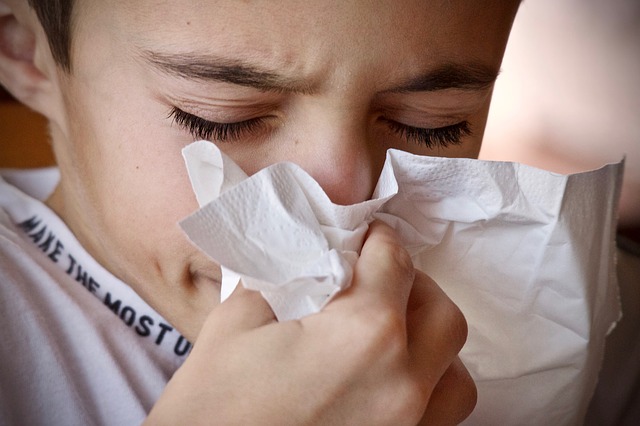
2) Anti-allergic drugs
Medications like oral antihistamines, oral decongestants, nasal sprays and corticosteroids can help ease or reduce symptoms caused by allergy as long as the symptoms are not serious or life-threatening. However, they do not treat the allergy condition. This means symptoms typically appear again when you stop taking the drugs.
For example, allergy to dust mites is very common for those with allergic rhinitis. It is almost impossible to avoid dust mites completely, hence, patients will usually have to be on long-term medications for symptom control.
3) Sublingual immunotherapy (SLIT)
Immunotherapy is the only treatment that is capable of treating the root cause of the allergy. This therapy works by desensitising and downregulating the body’s reaction towards a specific allergen that is responsible for producing symptoms, gradually modifying the body’s allergic responses over time.
This is accomplished by intentional regular exposure of the specific allergens administered via under the tongue (sublingual spray).
Sublingual immunotherapy significantly improves the quality of life, reduces the consumption of medications, and also reduces the risk of developing asthma and new allergies in the future.
Clinical papers show success rates of SLIT up to 80%, especially for inhaled allergens. Improvement of symptoms can be seen as early as 2 to 3 months from the start of the therapy. It is recommended that the duration of treatment lasts 3 to 5 years, hence, a firm commitment from the patient is necessary to help determine the success of treatment.
Persistent effects from immunotherapy have been documented to last up to 10 years. Symptoms can relapse if treatment is stopped prematurely.
How do I use SLIT?
Administer 2 sprays under the tongue daily. Generally, we advise patients to avoid eating or drinking in the first 15 minutes after the spray to allow maximum efficacy of the treatment on the administered area.
How safe is SLIT?
Sublingual immunotherapy is safe for children as young as 2 years old. Only about 1% of patients report temporary mild itching/ tingling under the tongue which is resolved within 1 week. SLIT is strongly recommended in the World Allergy Organization (WAO)’s clinical studies.
So, my dear reader, our 3As approach – Avoidance, Anti-allergic medications, A novel therapy in Sublingual Immunotherapy is what we advocate overcoming your allergies.
Stay safe and may your spring cleaning always be joyful!
This article is contributed by Dr Julian Hong, DTAP Clinic. Dr Julian Hong, a resident doctor at DTAP Clinic Robertson and the alternate director of Resilience Collective, is a moderator at the Singapore Mental Health Conference, on “Empowerment and Recovery”.
* * * * *
Stay in touch! Subscribe to our Telegram here for all our latest updates.
Want to be heard 👂 and seen 👀 by over 100,000 parents in Singapore? We can help! Leave your contact here and we’ll be in touch.







































